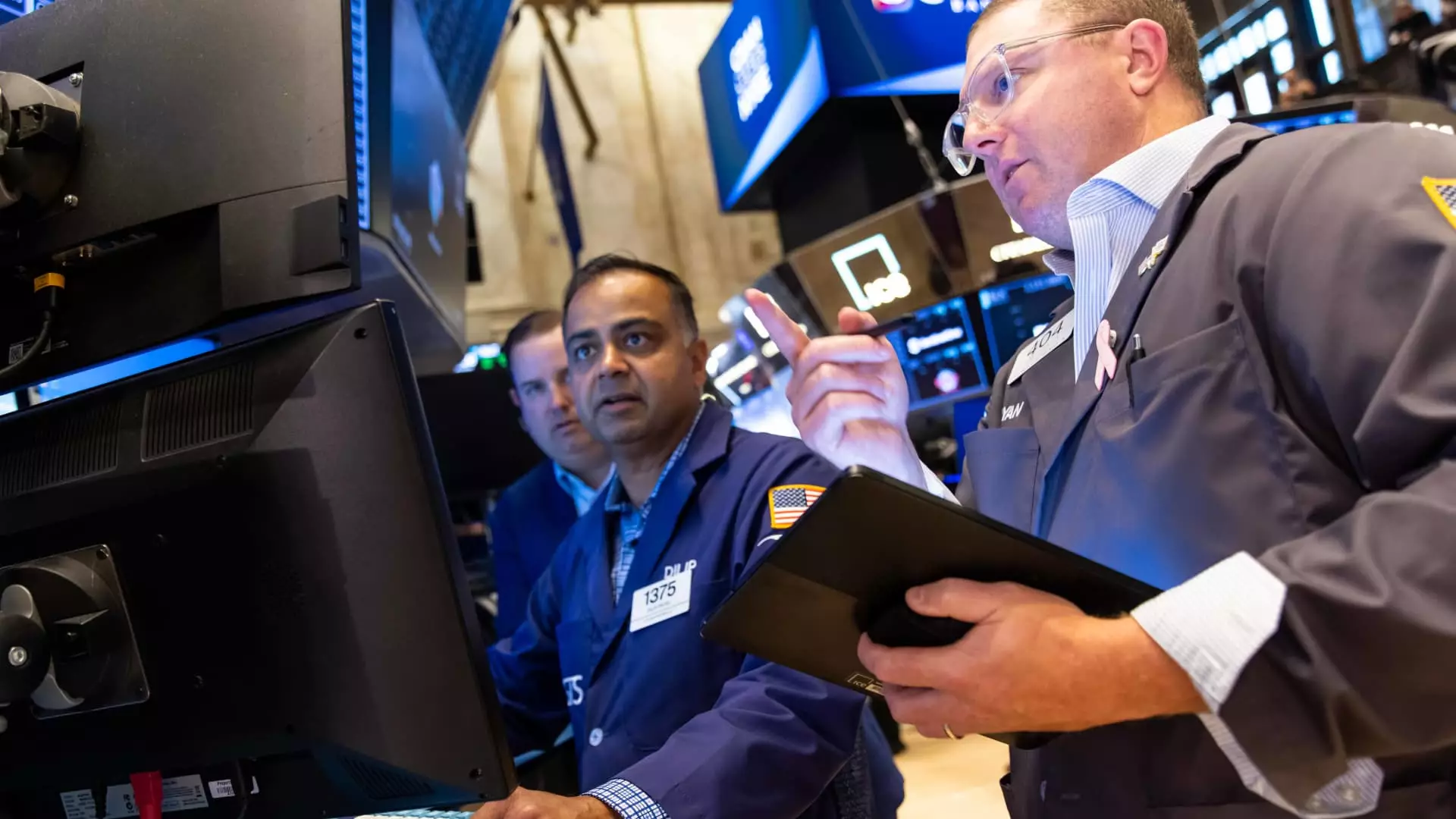In an era where the American stock market often steals the limelight, the recent surge in international equities presents an alluring narrative. JPMorgan Asset Management champions this trend, emphasizing a 17% uptick in developed markets outside the U.S. and a similar rally in emerging markets. At first glance, these figures suggest an enticing alternative to the often overvalued and overhyped U.S. market, offering fertile ground for gains. However, a critical assessment reveals that this optimism may be overly simplistic and potentially perilous.
Global markets are historically cyclical, yet there’s an underlying risk that this recent rally is partly due to reversion to a mean from a decade of underperformance. As these markets catch up, investor enthusiasm might be driven by speculation rather than sustainable growth. The notion that these economies will outperform in the second half of the year presumes stability amidst geopolitical tensions, currency fluctuations, and structural economic challenges. Japan and India, highlighted as laggards poised to catch up, are themselves grappling with complex domestic issues—aging populations in Japan and infrastructure bottlenecks in India—that could impede their growth trajectories.
Furthermore, the optimistic forecast dismisses the risk of a potential correction in global equity markets. As valuations in the U.S. creep toward frothy territory, there’s a palpable danger that international markets are merely benefiting from a flood of capital chasing yield rather than genuine economic strength. Reliance on these markets might turn out to be a gamble on momentum rather than fundamental factors, exposing investors to swift downturns if global economic sentiment sours.
The Myth of AI as an Endlessly Reliable Growth Driver
Artificial intelligence is often heralded as the next transformative wave, promising unparalleled productivity and value creation. JPMorgan’s focus on AI’s expanding footprint across sectors is part of a broader narrative—one that fuels investor greed and complacency. But beneath the hype lies a sobering reality: AI development and deployment are fraught with uncertainties and risks that are often glossed over.
The “Magnificent Seven,” the dominant tech giants heavily invested in AI, are experiencing a slowdown in earnings growth from over 27% to just a modest 14%. This deceleration signals that even the most hyped beneficiaries are facing diminishing returns, and perhaps market saturation. A myopic focus on these few giants ignores the crucial need to diversify and scrutinize smaller, innovative companies that are genuinely pushing boundaries.
Moreover, the strategic shift to other sectors such as utilities and industrials is not without pitfalls. These sectors traditionally exhibit lower growth, and their integration with AI technologies is still in nascent stages. Companies attempting to leverage AI for productivity gains may overestimate the speed and scale of this transformation, leading to inflated expectations. An overreliance on AI as a market catalyst risks inflating a bubble fueled more by narrative than by tangible results.
The broader concern is that the market may be overly fixated on near-term gains from AI, ignoring the potential regulatory hurdles, technological limitations, and ethical debates that threaten its long-term viability. If investor exuberance continues unchecked, the result may be a sharp correction driven by disillusionment and realization that AI’s benefits are less universal and immediate than anticipated.
Questioning the Narrative of Market Normalization
While JPMorgan’s optimistic outlook portrays the current shift as a “normalization,” this narrative dangerously glosses over the underlying vulnerabilities of the American economy. The supposed return to a pre-exceptional state presumes that the recent policy and geopolitical turbulence are transient and that markets will soon stabilize. Yet, this overlooks the structural shifts underway—namely, rising inequality, climate change impacts, and a fractured geopolitical landscape—that could significantly hinder sustained growth.
The claim that the U.S. dollar will depreciate as external markets gain strength also deserves scrutiny. Currency fluctuations are notoriously unpredictable, and assuming a weaker dollar as a given might lead investors astray. Historically, dollar strength has been driven by factors far beyond policy shifts—such as global demand for safe assets and interest rate differentials—factors that can diverge sharply from current projections.
While some analysts argue that domestic political instability and trade conflicts provide opportunities elsewhere, the risk is that these aren’t temporary blips, but indicators of deeper vulnerabilities. Relying on the hope that international markets and “next phase” AI beneficiaries will consistently outperform U.S. equities may be a costly bet—one that leaves less prepared investors vulnerable to unpredictable shocks.
By critically examining these assumptions, it becomes clear that neither international markets nor AI can be relied upon as infallible engines for future gains. Investors must remain cautious, question narratives of inevitable normalization, and diversify intelligently, rather than chase fleeting momentum. As the global economy navigates these turbulent waters, a deeper understanding of underlying risks is essential—one that refuses to accept surface-level optimism at face value.

Leave a Reply